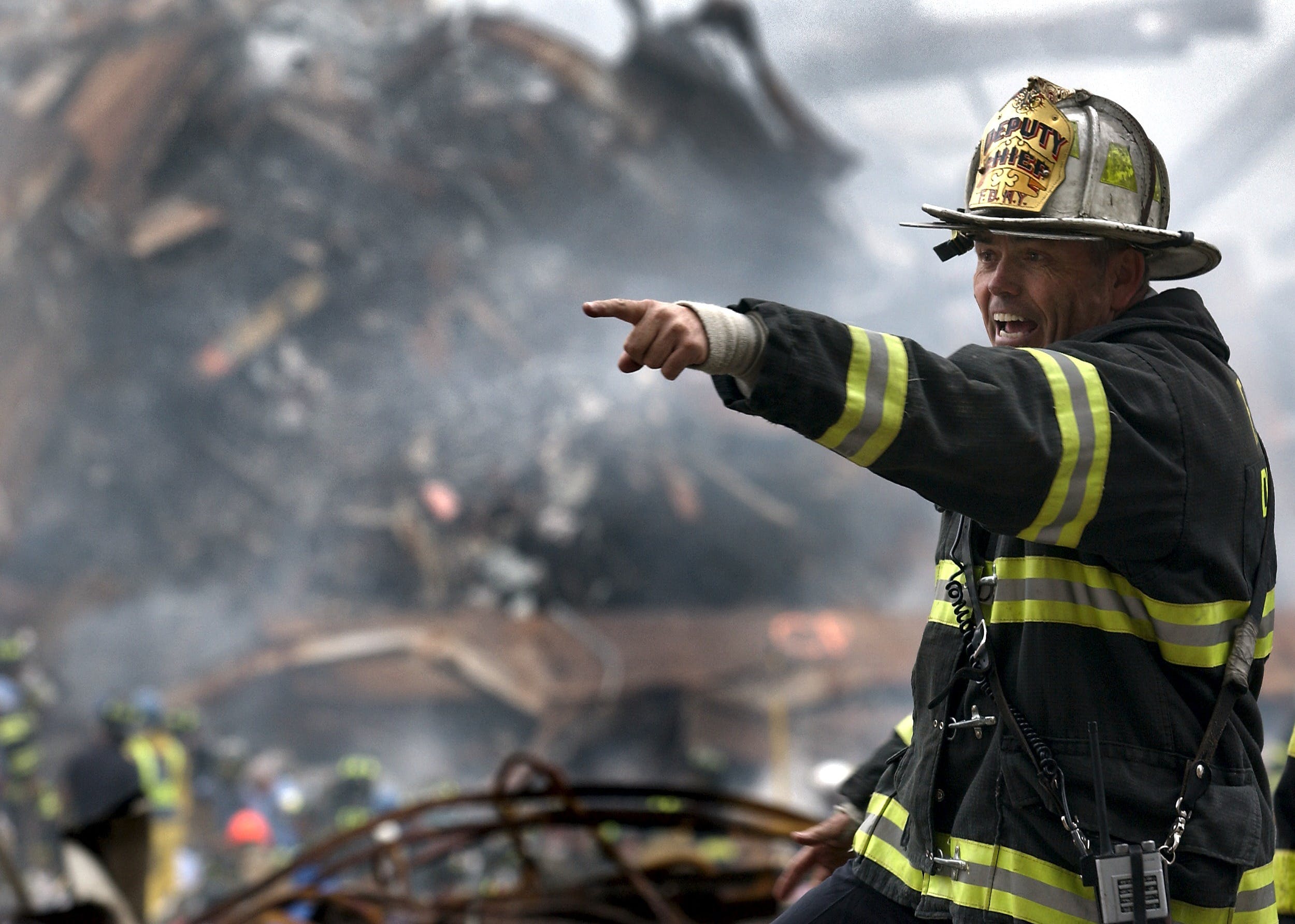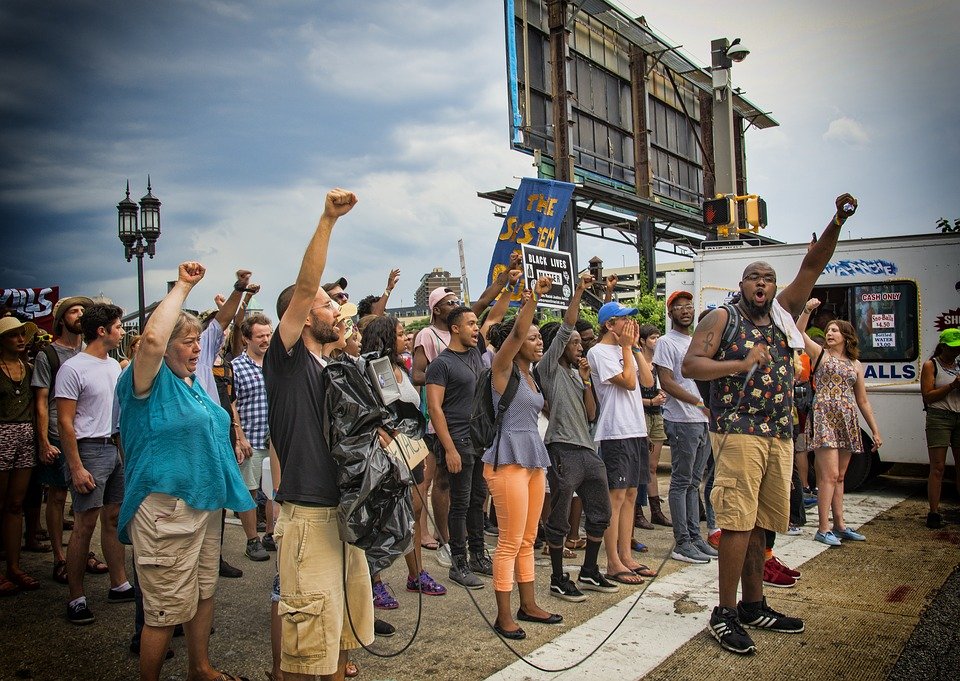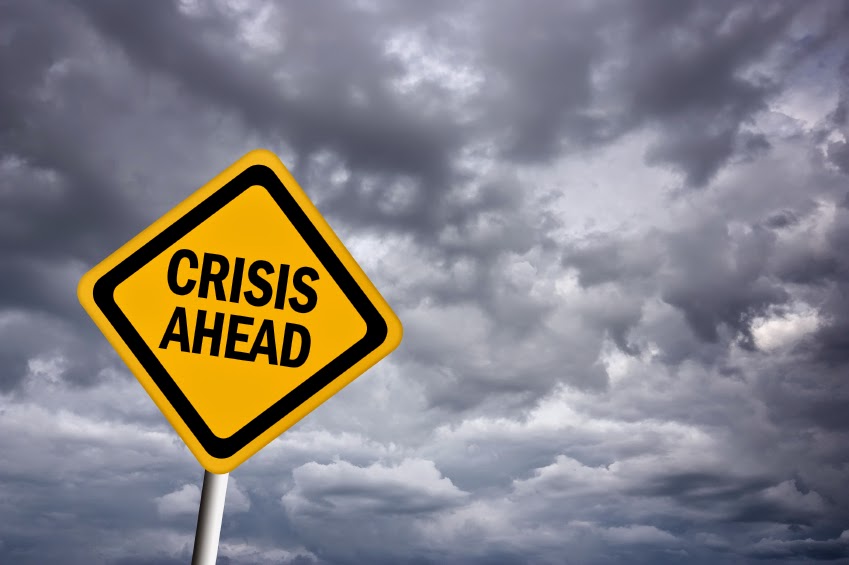What should you do when a major crisis erupts? How can you counter the wave of negative public opinions that emerge, especially online?
Well, it really depends on the circumstances. As the saying goes, having the best hammer doesn’t mean that every problem is a nail. Similarly, managing communication crises requires you to first diagnose the cause and effect of the issue before prescribing the right public relations strategy.
Generally, I would group corporate communication or PR crises into four categories:
- Accidents and Disasters: Terrorist bombings, fires, explosions, floods, vehicle crashes, disease outbreaks, and any other nasty man-made or natural catastrophes.
- Service or Staff Snafus: Usually caused by a negative customer experiences at one of your outlets, misbehaviours by staff, or slip-ups that are captured by citizen journalists.
- Scandals and Shenanigans: “Shocking” revelations about a particular behaviour or practice within your organisation. These often implicate specific top executives, senior managers or middle management staff.
- Antagonistic Attacks: Online or offline actions initiated by competitors or lobbyists who have a bone to pick with your business. Can be either temporal or permanent.
As a PR professional, your need to protect the reputation of your organisation, while addressing the informational needs and expectations of the public.
This often involves a fine balance between being transparent and protecting the interests of stakeholders – both internal and external.
Let us go through each of the above scenarios in more detail below.
1) Accidents and Disasters

When a major accident involving your organisation occurs, resulting in the loss of lives or massive pollution, the last thing you should do is stick your head in the sand.
By doing just that during the Deepwater Horizon oil rig disaster off the Gulf of Mexico, British Petroleum (BP) lost considerable public goodwill. BP’s then CEO Tony Hayward had to resign while the company ended up being liable for tens of billions of dollars in lawsuits and damages.
Compare this to Johnson & Johnson’s quick and transparent handling of the Tylenol poisoning murders which helped the giant pharmaceutical firm to bounce back quickly.
The lesson here for communicators is to be open and transparent about the extent of the disaster as soon as possible, and to provide regular and periodic updates. This should be done both online and offline, using a wide variety of channels – media advisories, press briefings, and updates on social media channels like Facebook, Twitter, blogs and so on.
Here, it is important for your organisation to communicate what it is doing to address the situation. Your head honcho (ie Chairman or CEO) should be personally involved in communicating the bad news. An angry public is a lot more forgiving when they witness a corporate leader willing to apologise for his organisation’s mistakes and address them head on.
PS – While you should certainly consult your lawyers if your organisation is liable for damages, you ought to still demonstrate public empathy and concern. It does you no good to protect your legal interests if you end up losing your reputation in the court of public opinion.
2) Service or Staff Snafus

There will be times where disgruntled staff sabotage the organisation’s interests with ill-conceived actions.
The most famous of these is the Domino Pizza incident whereby two employees filmed a YouTube video of themselves doing disgusting things while preparing the food. Fortunately, the CEO of the company quickly apologised for the incident and took immediate action to address this (which included firing the employees).
Contrast this to the defensive actions of United Airlines which resulted in the “United Breaks Guitars” video that immortalised its infamy.
Admit your mistakes if your employees screwed up and try to resolve this offline as much as possible. If your aggrieved customer seeks to make his issue public, choose to respond publicly with an acknowledgement and apology for the incident through your communication channels.
You will also need to spell out what actions your organisation will take to ensure that the same incident will not happen again. Thereafter, provide regular “progress updates” on what you are doing and update your stakeholders as you cross each milestone.
3) Scandals and Shenanigans

Unlike the first two scenarios, these are often coloured in 50 shades of grey. Such “exposes” are usually unintended. They could surface from an information leak to the public or whistle blowing by a member of the organisation.
How this should dealt with publicly depends on the risks it poses to the reputation of the organisation:
- Is the incident material to the work of the individual involved? For example, do the marital affairs or sexual preferences of a manager affect his or her work? If the scandal does not affect the professionalism of the individual’s work, the company may not want to respond to the accusations.
- Are there privacy or security issues to be considered? Addressing negative claims of misbehavior may unwittingly result in your organisation revealing information which could jeopardise the safety of the individual involved.
- How big is the issue being blown up? If the incident gains traction on the major online and offline news outlets, you have no choice but to address this “elephant in the room”.
- What is your “social capital” prior to the incident? Is your organisation large enough to withstand this chink in your armour?
The extent to which you acknowledge this incident and address it will depend on how serious the allegations are, as well as the remedial actions taken.
If your organisation intends to fire the executive involved and come clean, you may want to issue a press release to announce this and be explicit on your code of conduct. If, however, the incident has little bearing on the work of the individual who is a valued staff member, it would be better to let the incident die a natural death.
4) Antagonistic Attacks

In this case, the instigator for the incident comes from an organised external source. They could be a competitor selling similar products and services, an aggrieved ex-employee, or an activist group lobbying for a change in your company’s practices or your government’s policies.
Similar to the issue of Scandals and Shenanigans, you may wish to temper your communication approaches according to the extent of the assaults:
Formidable and Influential Foes
If your competitors manage to amass significant “public outrage” against your business practices, you may want to publicly counter their claims if they are unfair or untrue and work with “allies” and advocates to overwhelm them. Do be sure that you have sufficient “firepower” from your supporters, especially online (eg Facebook or Twitter) where such attacks can be vociferous and unrelenting.
To succeed in overwhelming your enemies, you need to have already mustered sufficient goodwill and support from your fans or followers. This is an acid test of your abilities.
Averagely Influential Foes
If your competitors are not that influential or are less formidable that you are, you have two modes of response. You can either choose to remain quiet and let the issue quickly blow over, or respond to the allegations publicly and quell those public doubts.
This depends on the seriousness of the allegations, and how much an impact it would create to your business. Like the first example, you would also need to consider if the reward of defeating these allegations are worth the costs (time, energy, manpower, and collateral damage).
False and Dangerous Allegations
In cases where the accusations are not only blatantly false but possibly dangerous, you can consider taking legal action.
Note that this is a double-edged sword which can either work for or against you. In most cases, a lawyer’s letter would often result in the opposing party backing down from his attacks. However, it may unwittingly raise more publicity and put yourself even more firmly in the public spotlight (see Streisand Effect). What’s more, you need to be confident that you can win the case not just in the court of law but the court of public opinion.
A Few Last Words…
While the above scenarios may not cover everything, I hope that they have helped you to think through what you need to put in place to manage communication crises. To operationalise the above, do consider the following:
- Develop SOPs and FAQs to cater to different scenarios;
- Ensure that top and senior management are well acquainted with the internal processes;
- Conduct periodic tabletop exercises to drill both your operations and communication teams;
- Train and equip your spokespersons in the art of media — and social media — interviews. Ensure that they’re aware of how they should behave in front of the camera;
- Make sure that there is only one point of contact with the media/bloggers;
- Be consistent in how your handle crises — do not waver from one mode to another; and
- Learn from your mistakes by documenting how a crisis unfurled, and what can be done to better manage similar crises in the future.
Finally, and most importantly, build a strong community of advocates and supporters, especially online. Your brand advocates can help to support you when push comes to shove — they’ll become your unpaid spokespersons and hopefully protect your organisational reputation from suffering further damage.
Organisations and brands which can withstand vociferous assaults in times of trial are often those which invest in cultivating public and customer goodwill.
By doing so, they can muster the support of advocates when under attack, or are forgiven more quickly for their mistakes by virtue of the good they have done in the past.
Question: Which of these communication and PR strategies have you applied?


3 Comments
Comments are closed.